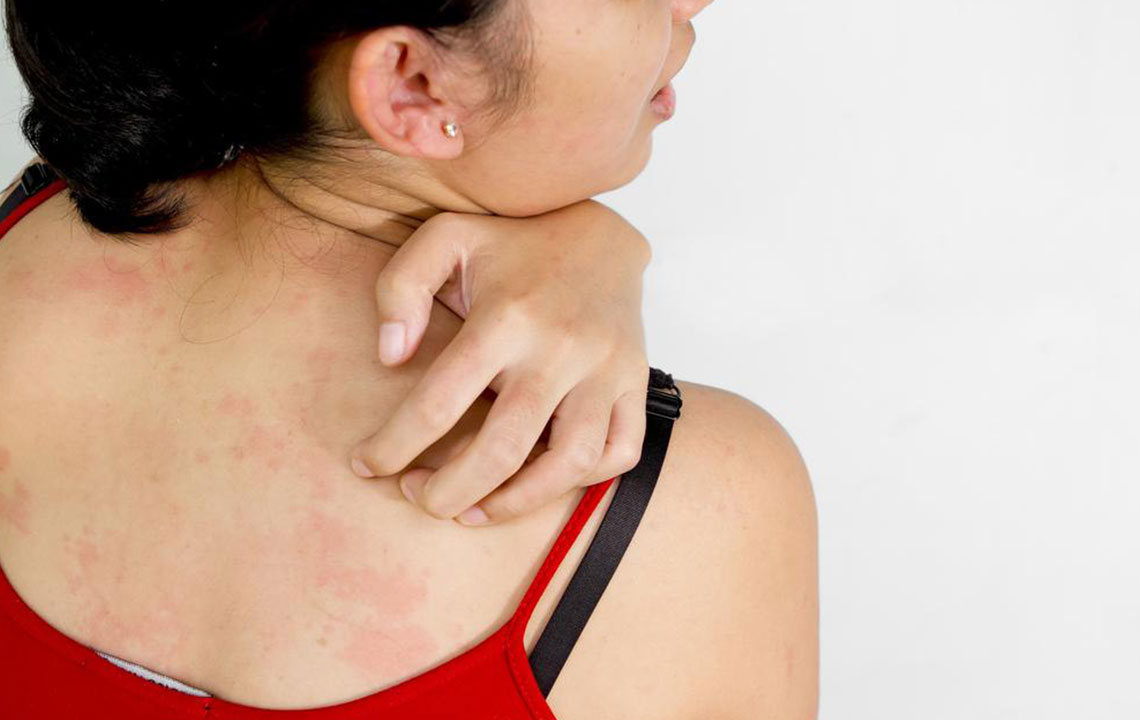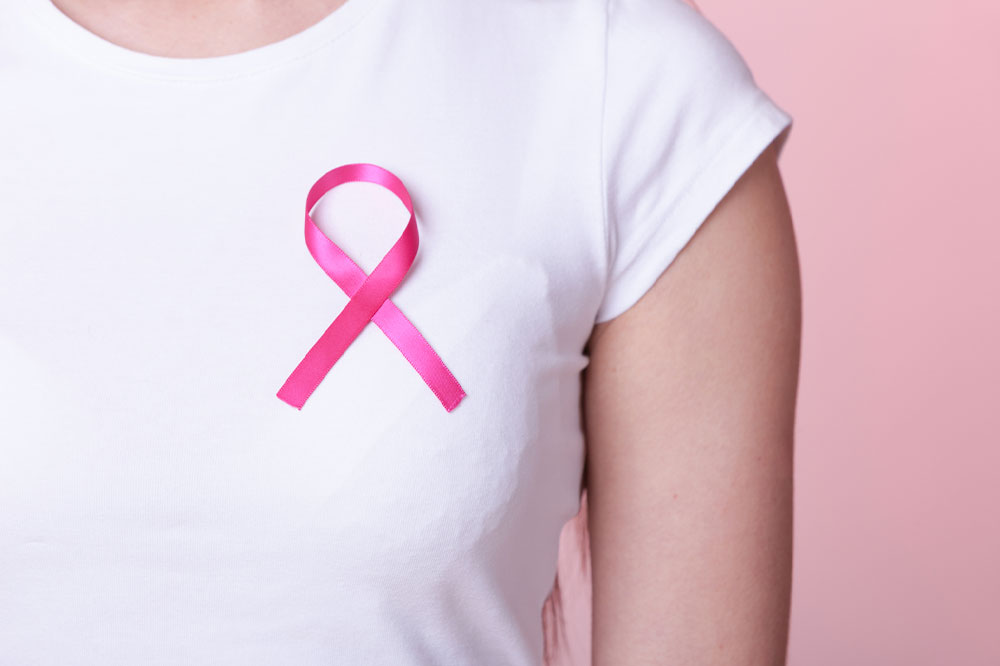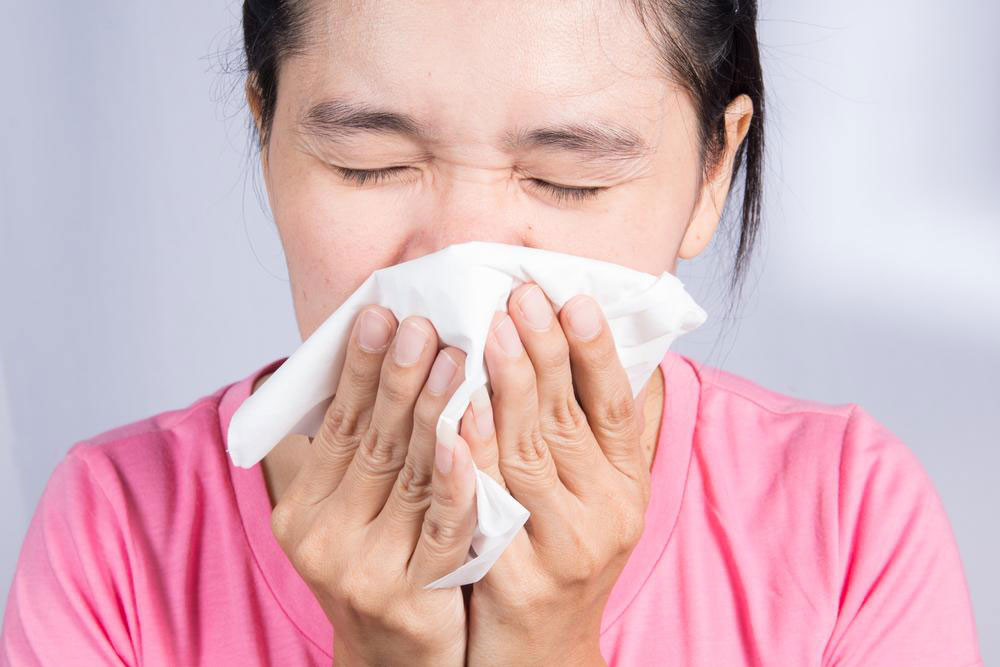Comprehensive Guide to Effective Treatments for Vaginal Yeast Infections
This comprehensive guide explores effective treatments for vaginal yeast infections, highlighting symptoms, causes, prevention tips, and key OTC antifungal options. Understanding these aspects aids women in managing and preventing infections efficiently, ensuring better reproductive health and overall well-being.

Comprehensive Guide to Effective Treatments for Vaginal Yeast Infections
Vaginal yeast infections are a prevalent health issue affecting many women worldwide. These infections can cause significant discomfort, including itching, burning sensations, abnormal discharge, and swelling. Understanding the symptoms, causes, and various treatment options is essential for managing these infections efficiently and preventing their recurrence.
Understanding Vaginal Yeast Infections: Symptoms and Causes
The vaginal microbiome comprises a delicate balance of bacteria and yeast, primarily Candida species. When this balance is disrupted or immune defenses are lowered, an overgrowth of yeast can occur, leading to infection. Recognizing the early signs is crucial for prompt treatment.
Common symptoms include persistent itching, soreness, burning pain during urination or sexual activity, redness around the vulva, swelling, and a thick, whitish or yellowish vaginal discharge that may resemble cottage cheese. Many factors contribute to the development of yeast infections. Elevated stress levels, use of oral or topical steroids, high-sugar diets, and consumption of processed foods can weaken the immune system or alter vaginal flora, making infections more likely.
Hormonal fluctuations are significant contributors as well. Women taking oral contraceptives or hormone therapy often experience changes in vaginal pH and flora, which can promote yeast overgrowth. Additionally, symptoms tend to intensify before menstruation, when hormone levels fluctuate the most.
Proper hygiene practices play a vital role in preventing yeast infections. Women should avoid scented feminine hygiene products, which can disrupt the natural pH balance. Wearing breathable cotton underwear and loose-fitting clothing reduces moisture buildup, creating an inhospitable environment for yeast. It is also recommended to wipe from front to back after using the bathroom to prevent bacteria from the anus from reaching the vagina. Maintaining good genital hygiene and avoiding irritants can significantly decrease infection risk.
While some women recover naturally or with home remedies, many find relief through over-the-counter (OTC) antifungal treatments. These medications are effective, safe, and convenient, often providing symptom relief within days of initiation.
It is important to note that pregnant women should consult healthcare providers before starting any treatment, as symptoms of yeast infections can mimic other conditions like bacterial vaginosis or sexually transmitted diseases (STDs). Proper diagnosis ensures appropriate treatment and avoids unnecessary medication use. If symptoms persist beyond a week or worsen despite initial therapy, seeking medical advice is essential.
Common Topical Treatments for Vaginal Yeast Infections
Monistat 3 Ovule Therapy: A widely used antifungal treatment that involves inserting medicated suppositories or creams over a three-day course.
Canesten 1 Day Cream: A single-dose topical cream designed for quick relief, suitable for mild cases.
Clotrimaderm Vaginal Cream 1%: Contains clotrimazole, effective in treating yeast overgrowth and alleviating symptoms.
Clotrimazole Topical Crems: Available in various formulations, these antifungal agents target Candida infections effectively.
These medications work by directly targeting the fungal yeast cells, destroying their cell membranes and halting their growth. In most cases, symptom relief is noticeable within three days, and complete resolution occurs within a week. For recurrent or severe infections, healthcare providers may prescribe longer courses or additional therapies.
Patients should follow instructions carefully to ensure full recovery and prevent recurrences. Over-the-counter treatments are generally safe but should be used with caution in pregnant women and those with other underlying health conditions.





